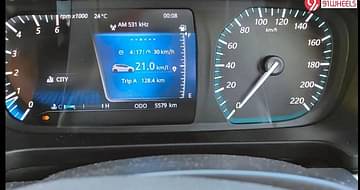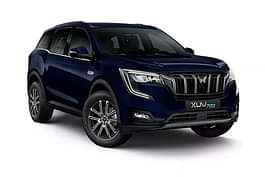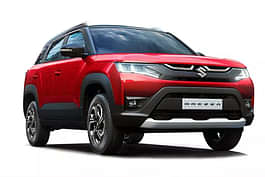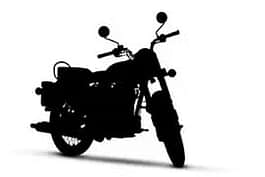
Changing to aftermarket tyres is a notion that even car markers are well aware of. But changing tyre size affects your car in multiple ways. Here are 5 ways how your tyre size changes your car.
It's not new to notice that many car buyers change their OEM tyre size to bigger or wider tyres as per their preferences. Although, this might enhance the overall looks for them; such modifications result in dramatic changes throughout the behavior of the car.
We pitch you through 5 ways of how a different tyre size has different affects on car:

1. Ride Comfort
Tyres are the primary & only contact of any car with the road. If the tyre size is changed; this will directly result in a change in ride comfort as well. Tyres with high-profile sidewall tend to provide more cushioning ride quality as they absorb most of the undulations. While this is a positive aspect of high-profile rubber, this ride comfort comes at a cost of performance. Due to reduction in torque transfer high-profile tyres won't perform as good as low profile-tyres. Low-profile tyres are usually fitted on bigger rim size than the OEM. They provide more grip &this leads to a significant drop in ride comfort.
2. Performace

Mostly wider & bigger tyres with low-profile stances are considered to be good performers. As the contact surface area increases, they tend to provide more steering feedback along with more cornering grip. But this performance comes at the cost of ride comfort & high NVH levels.
On the other hand, tyres with higher-profile & less width tend to be average performers in comparison to the wider & low-profile tyres. Due to less contact surface area, slim tyres tend to provide less cornering grip & hence neutral steering feedback.
3. Fuel Economy

As explained above; wider & lower tyres are a big compromise over the fuel economy. More contact surface area means more power put down for better engine performance & hence a considerable drop in fuel efficiency. Whilst the high-profile & less wide tyres provide less performance; they tend to be more fuel efficient for car due to less surface contact & less rolling resistance.
4. Noise Vibration Harshness Levels (NVH)
A bigger tyre will come in more contact of road than a slimmer tyre. This equates to the fact that the noise, vibration & harshness produced from wider & low-profile tyres will be more than compared to the high sidewall tyres. NVH is one of the key reasons customers shift from OEM size to high-profile size. To attain more ride comfort & silent cabin ambiance.
5. Steering Feedback

Last but not the least is the direct effect of size of tyres can be noticed in the steering feedback. Low-profile & wider tyres tend to provide more precise steering feedback meshed with accurate steering feel. As wider tyres are oriented towards performance this is another positive of such low-profile sidewall tyres. On the other hand, high-profile or slimmer tyres tend to play neutral in terms of steering feedback. This result in more sedate driving experience rather than the thrilling experience as seen in wider tyres.
Also Read - Exclusive: 2022 MG ZS EV Facelift Spotted In India - Launch Soon?
Although, it's the wish of the customer to modify their vehicle or not,, most OEM sizes of tyres are the perfect balance between all the above-mentioned factors to provide a decent driving experience according to the character of the car.
So how do you like our story on the affects of different tyre sizes? Do tell us by commenting below. Also, do not forget to subscribe to our YouTube channel by pressing the bell icon at 91Wheels.
For regular automotive updates, join our WhatsApp group.





















